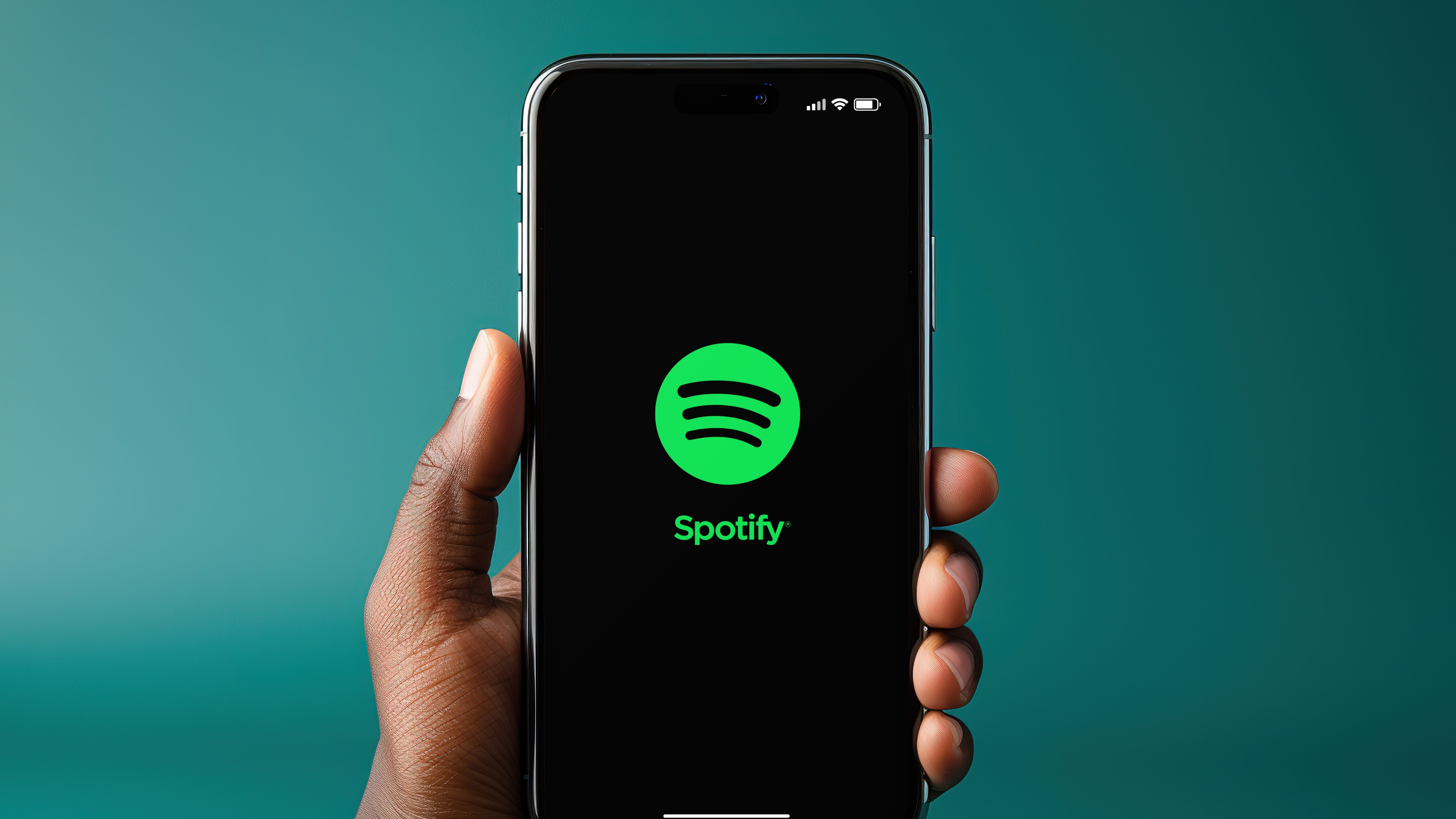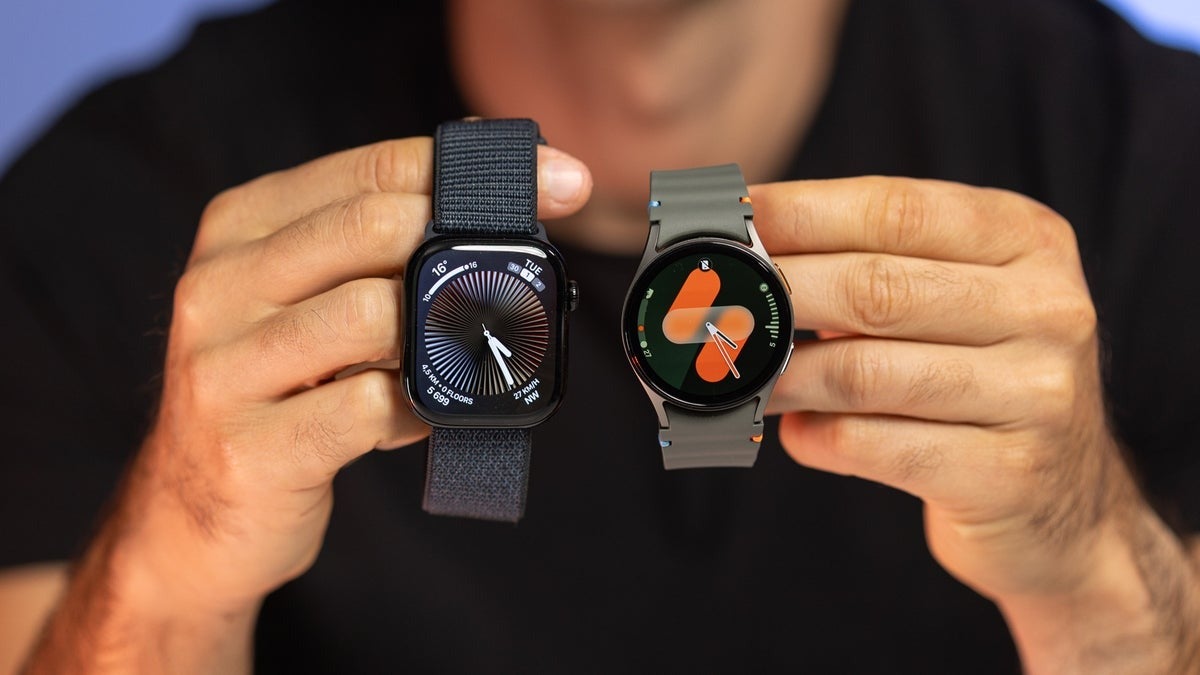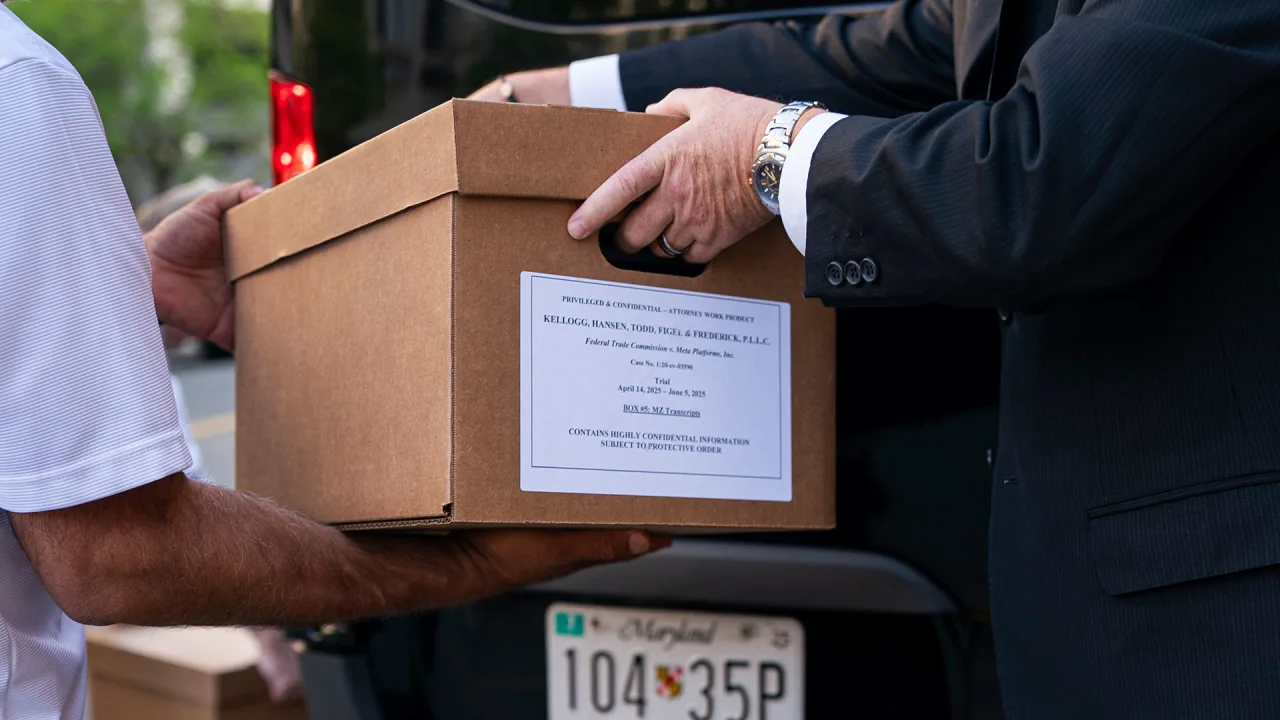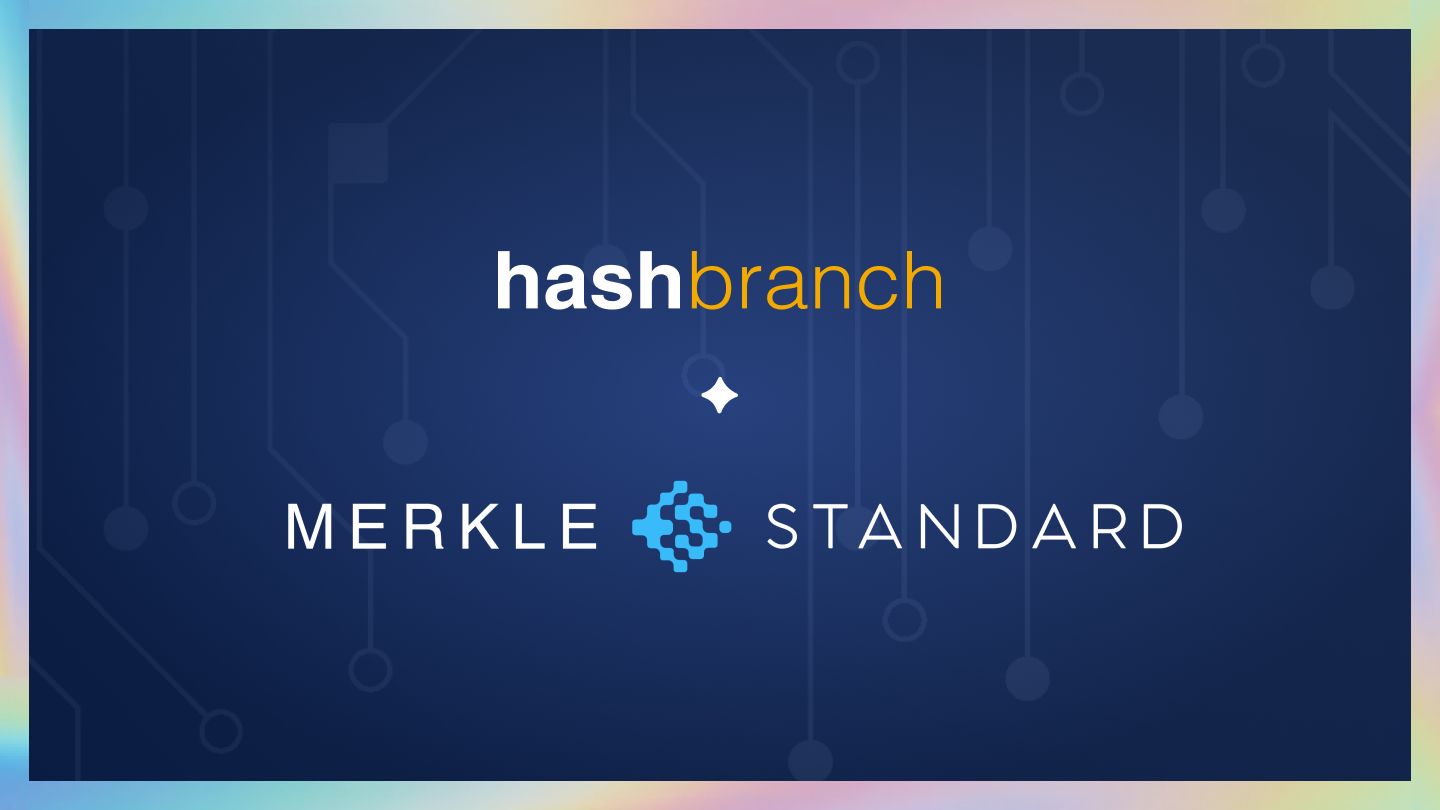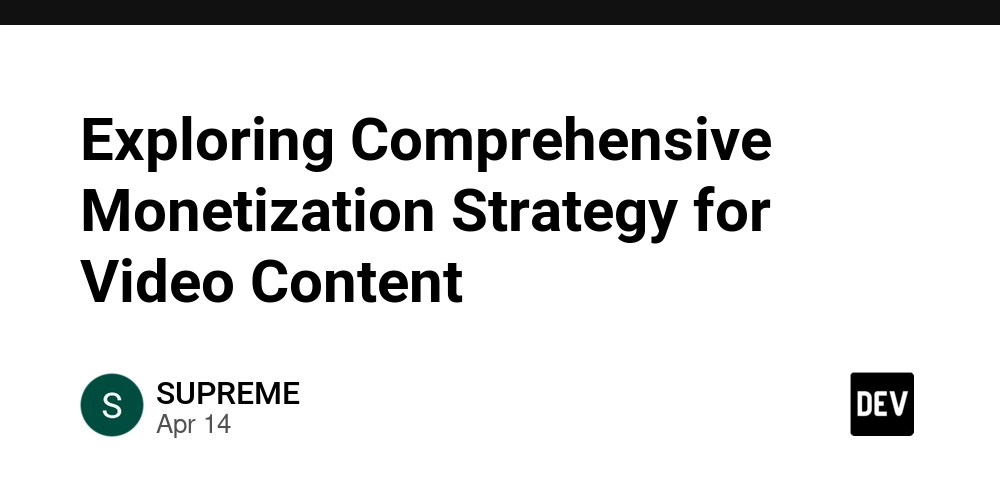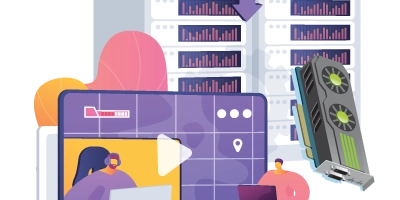Broadcast Channel API for Cross-Tab Communication
The Broadcast Channel API for Cross-Tab Communication: An Exhaustive Guide 1. Introduction As web applications become increasingly interactive and multi-tab enabled, the necessity for effective cross-tab communication has gained critical importance. The Broadcast Channel API, introduced as part of the HTML Living Standard, is a powerful mechanism for sending messages between different browser contexts (i.e., tabs or windows) from the same origin. This API facilitates a seamless communication channel without the complexities and pitfalls associated with traditional methods such as local storage events or WebSockets. In this article, we will dive into the historical context, technical foundations, practical implementation, performance considerations, debugging strategies, edge cases, and real-world use cases of the Broadcast Channel API. 2. Historical and Technical Context 2.1. Evolution of Cross-Tab Communication Techniques Historically, web applications used various methods for cross-tab communication: Local Storage API: Originally, developers relied on the localStorage API’s storage event to communicate between tabs. This method, however, was limited to simple message-passing scenarios and lacked real-time capabilities. WebSockets: While this method allows real-time communication, it requires server-side support. For client-only applications, this approach can be overkill. PostMessage: The postMessage method allowed communication between iframes, but it did not natively support multiple tabs. IndexedDB: Some developers resorted to IndexedDB for more complex data interactions between tabs, but it introduced unnecessary overhead. In 2018, Google Chrome introduced the Broadcast Channel API as a formalized standard, providing a simple API to send messages to other tabs and browser contexts with the same origin. 2.2. Technical Specifications The Broadcast Channel API is defined in the URL W3C Specification. The API consists of two key components: Operation: Create a channel using new BroadcastChannel('channel_name') and sending messages using channel.postMessage(message). The messages can be strings, or structured data types like objects and arrays. Listening: Use channel.onmessage to handle incoming messages. 3. In-Depth Code Examples 3.1. Basic Implementation Below is a simple example demonstrating basic message sending between two tabs. // Tab 1: Sender (tab1.js) const channel = new BroadcastChannel('my_channel'); const sendMessage = (message) => { channel.postMessage(message); }; // Simulate sending a message every 3 seconds setInterval(() => { const message = { text: 'Hello from Tab 1!', timestamp: new Date() }; sendMessage(message); }, 3000); // Tab 2: Receiver (tab2.js) const channel = new BroadcastChannel('my_channel'); channel.onmessage = (event) => { const data = event.data; console.log(`Received message:`, data); }; 3.2. Advanced Implementation: Message Handling In a more complex scenario, you might want to handle different types of messages, such as updates and error notifications. // Tab 1: Advanced Message Sender (tab1.js) const channel = new BroadcastChannel('my_channel'); const sendMessage = (type, payload) => { channel.postMessage({ type, payload }); }; // Sending an error message sendMessage('error', { message: 'An error occurred', code: 404 }); // Tab 2: Advanced Message Receiver (tab2.js) const channel = new BroadcastChannel('my_channel'); channel.onmessage = (event) => { const { type, payload } = event.data; switch (type) { case 'update': console.log('Update received:', payload); break; case 'error': console.error('Error notification received:', payload); break; default: console.warn('Unknown message type:', type); } }; 3.3. Use Case: Collaborative Document Editing The Broadcast Channel API can also facilitate collaborative applications, such as a real-time document editor where multiple users edit documents simultaneously. Document Editor Example: const channel = new BroadcastChannel('editor_channel'); const documentContent = document.querySelector('#document'); documentContent.addEventListener('input', () => { // Broadcast content to other tabs channel.postMessage({ action: 'edit', content: documentContent.value }); }); // Handle incoming messages channel.onmessage = (event) => { const { action, content } = event.data; if (action === 'edit') { documentContent.value = content; } }; 4. Real-World Use Cases from Industry-Standard Applications 4.1. Online Collaborative Tools Tools like Google Docs leverage similar messaging frameworks to enable real-time collaboration. The Broadcast Channel API offers an elegant way to synchronize data between different sessions seamlessly. 4.2. E-Commerce Websites E-commerce platforms,
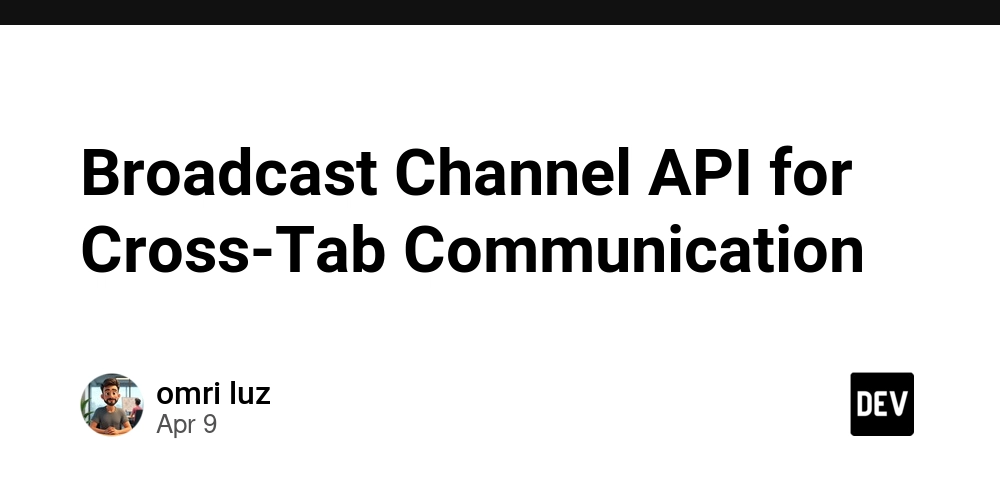
The Broadcast Channel API for Cross-Tab Communication: An Exhaustive Guide
1. Introduction
As web applications become increasingly interactive and multi-tab enabled, the necessity for effective cross-tab communication has gained critical importance. The Broadcast Channel API, introduced as part of the HTML Living Standard, is a powerful mechanism for sending messages between different browser contexts (i.e., tabs or windows) from the same origin. This API facilitates a seamless communication channel without the complexities and pitfalls associated with traditional methods such as local storage events or WebSockets.
In this article, we will dive into the historical context, technical foundations, practical implementation, performance considerations, debugging strategies, edge cases, and real-world use cases of the Broadcast Channel API.
2. Historical and Technical Context
2.1. Evolution of Cross-Tab Communication Techniques
Historically, web applications used various methods for cross-tab communication:
-
Local Storage API: Originally, developers relied on the
localStorageAPI’sstorageevent to communicate between tabs. This method, however, was limited to simple message-passing scenarios and lacked real-time capabilities. - WebSockets: While this method allows real-time communication, it requires server-side support. For client-only applications, this approach can be overkill.
-
PostMessage: The
postMessagemethod allowed communication between iframes, but it did not natively support multiple tabs. - IndexedDB: Some developers resorted to IndexedDB for more complex data interactions between tabs, but it introduced unnecessary overhead.
In 2018, Google Chrome introduced the Broadcast Channel API as a formalized standard, providing a simple API to send messages to other tabs and browser contexts with the same origin.
2.2. Technical Specifications
The Broadcast Channel API is defined in the URL W3C Specification. The API consists of two key components:
Operation: Create a channel using
new BroadcastChannel('channel_name')and sending messages usingchannel.postMessage(message). The messages can be strings, or structured data types like objects and arrays.Listening: Use
channel.onmessageto handle incoming messages.
3. In-Depth Code Examples
3.1. Basic Implementation
Below is a simple example demonstrating basic message sending between two tabs.
// Tab 1: Sender (tab1.js)
const channel = new BroadcastChannel('my_channel');
const sendMessage = (message) => {
channel.postMessage(message);
};
// Simulate sending a message every 3 seconds
setInterval(() => {
const message = { text: 'Hello from Tab 1!', timestamp: new Date() };
sendMessage(message);
}, 3000);
// Tab 2: Receiver (tab2.js)
const channel = new BroadcastChannel('my_channel');
channel.onmessage = (event) => {
const data = event.data;
console.log(`Received message:`, data);
};
3.2. Advanced Implementation: Message Handling
In a more complex scenario, you might want to handle different types of messages, such as updates and error notifications.
// Tab 1: Advanced Message Sender (tab1.js)
const channel = new BroadcastChannel('my_channel');
const sendMessage = (type, payload) => {
channel.postMessage({ type, payload });
};
// Sending an error message
sendMessage('error', { message: 'An error occurred', code: 404 });
// Tab 2: Advanced Message Receiver (tab2.js)
const channel = new BroadcastChannel('my_channel');
channel.onmessage = (event) => {
const { type, payload } = event.data;
switch (type) {
case 'update':
console.log('Update received:', payload);
break;
case 'error':
console.error('Error notification received:', payload);
break;
default:
console.warn('Unknown message type:', type);
}
};
3.3. Use Case: Collaborative Document Editing
The Broadcast Channel API can also facilitate collaborative applications, such as a real-time document editor where multiple users edit documents simultaneously.
Document Editor Example:
const channel = new BroadcastChannel('editor_channel');
const documentContent = document.querySelector('#document');
documentContent.addEventListener('input', () => {
// Broadcast content to other tabs
channel.postMessage({ action: 'edit', content: documentContent.value });
});
// Handle incoming messages
channel.onmessage = (event) => {
const { action, content } = event.data;
if (action === 'edit') {
documentContent.value = content;
}
};
4. Real-World Use Cases from Industry-Standard Applications
4.1. Online Collaborative Tools
Tools like Google Docs leverage similar messaging frameworks to enable real-time collaboration. The Broadcast Channel API offers an elegant way to synchronize data between different sessions seamlessly.
4.2. E-Commerce Websites
E-commerce platforms, like Amazon, can maintain user sessions and ensure that relevant updates (e.g., cart changes or stock availability) reflect across all open tabs, enhancing user experience.
4.3. Finance Applications
Financial platforms can use this API to notify users about account status changes, investment updates, or alerts.
5. Performance Considerations and Optimization Strategies
5.1. Message Size Limitations
One of the critical performance aspects is message size. Although there is no specific limit specified for the Broadcast Channel, excessive message size can lead to performance degradation. Smaller, chunked updates may be necessary in high-frequency message scenarios.
5.2. Throttling
When broadcasting frequent updates, consider throttling messages, particularly in scenarios where performance could fluctuate due to network conditions or browser resource allocation.
5.3. Cleanup
Always ensure proper cleanup of your channels to avoid memory leaks. Closing the channel when it’s no longer necessary is essential.
// Cleanup
channel.close();
6. Potential Pitfalls and Advanced Debugging Techniques
6.1. Message Order
Messages sent via Broadcast Channels aren’t guaranteed to be received in the order they are sent. Employ sequence identification and acknowledgment strategies, particularly for critical application flows.
6.2. Large Data Handling
Avoid sending large data objects directly; consider using JSON serialization to transmit smaller, critical pieces of information instead.
6.3. Browser Compatibility
While the Broadcast Channel API enjoys broad support in modern browsers, developers should implement fallback mechanisms for legacy browsers that do not support this API.
Debugging Techniques
- Use
console.log()extensively to track outgoing and incoming messages. - Network tools in the browser’s developer console can help identify if messages are sent and received successfully.
- Check for any JavaScript exceptions or failed message handlers that could impact communication.
7. Comparison with Alternative Approaches
While the Broadcast Channel API provides a straightforward mechanism for cross-tab communication, it’s essential to compare it with other approaches:
| Feature | Broadcast Channel API | Local Storage | WebSocket | PostMessage |
|---|---|---|---|---|
| Origin Restriction | Same origin only | Same origin only | Cross-origin possible | Cross-origin possible |
| Real-Time Communication | Yes | No | Yes | No |
| Setup Complexity | Low | Low | Medium to High | Medium |
| Message Size Limit | No defined limit | No defined limit | Limited by server | Limited by browser |
| Data Type Flexibility | Structured, Complex | Strings only | Binary and structured | Structured |
8. Conclusion
The Broadcast Channel API presents a robust, efficient way to enable cross-tab communication in modern web applications. By understanding the historical context, practical implementations, and performance considerations, senior developers can leverage this API effectively in their applications. With numerous use cases and continuous browser support expansion, the Broadcast Channel API is poised to become a fundamental tool in the web developer's toolkit.
References
- Broadcast Channel API Specification
- MOZILLA Developer Network - Broadcast Channel API
- HTML Living Standard
For deeper insights into advanced usage, please refer to the following resources:
- "Real-Time Web Applications" by R. W. Fipke for understanding WebSockets and other real-time concepts.
- "JavaScript: The Definitive Guide" by David Flanagan for foundational understanding and best practices in JavaScript.
In summary, the Broadcast Channel API is an innovative solution for solving cross-tab communication challenges. By harnessing its capabilities and mindfulness towards performance, scalability, and potential pitfalls, developers can create rich, interactive web applications that fully leverage the multi-tab environment of modern web browsers.



















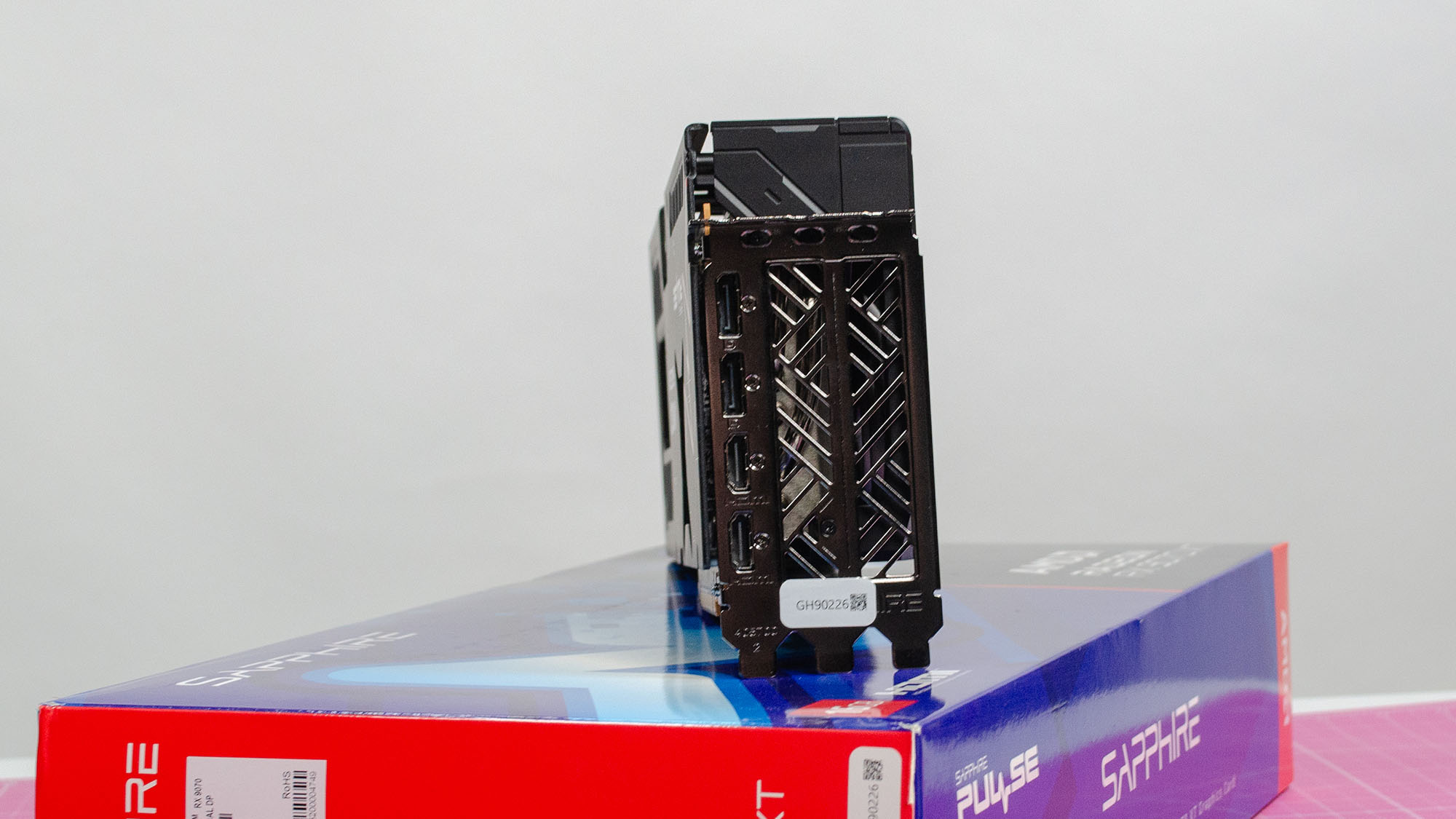





















































































































































![[The AI Show Episode 144]: ChatGPT’s New Memory, Shopify CEO’s Leaked “AI First” Memo, Google Cloud Next Releases, o3 and o4-mini Coming Soon & Llama 4’s Rocky Launch](https://www.marketingaiinstitute.com/hubfs/ep%20144%20cover.png)
































































































































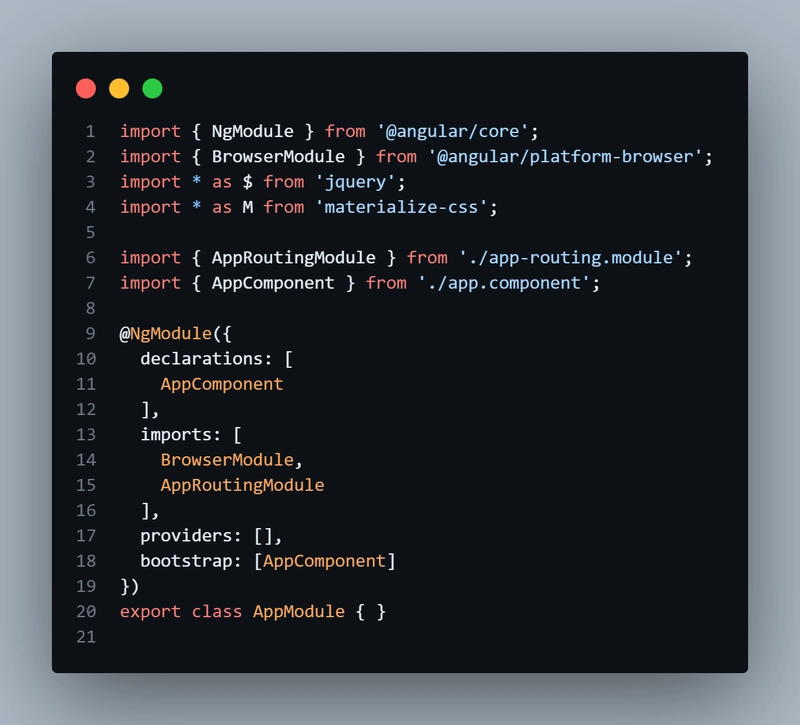

































































![Blue Archive tier list [April 2025]](https://media.pocketgamer.com/artwork/na-33404-1636469504/blue-archive-screenshot-2.jpg?#)

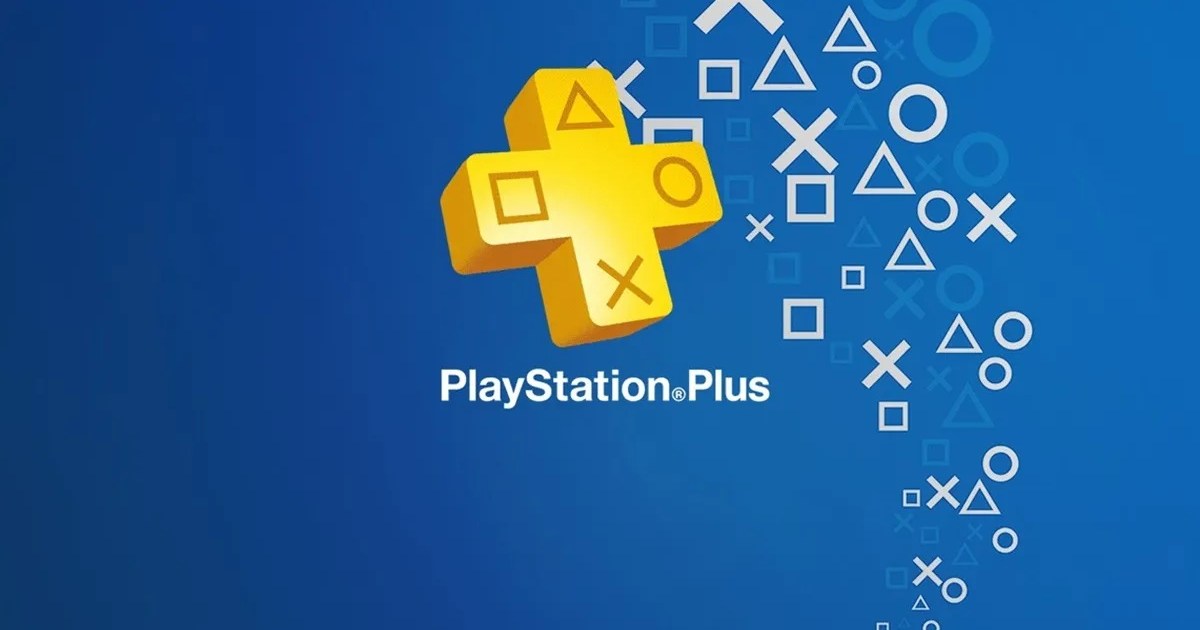





























.png?#)









.png?width=1920&height=1920&fit=bounds&quality=70&format=jpg&auto=webp#)























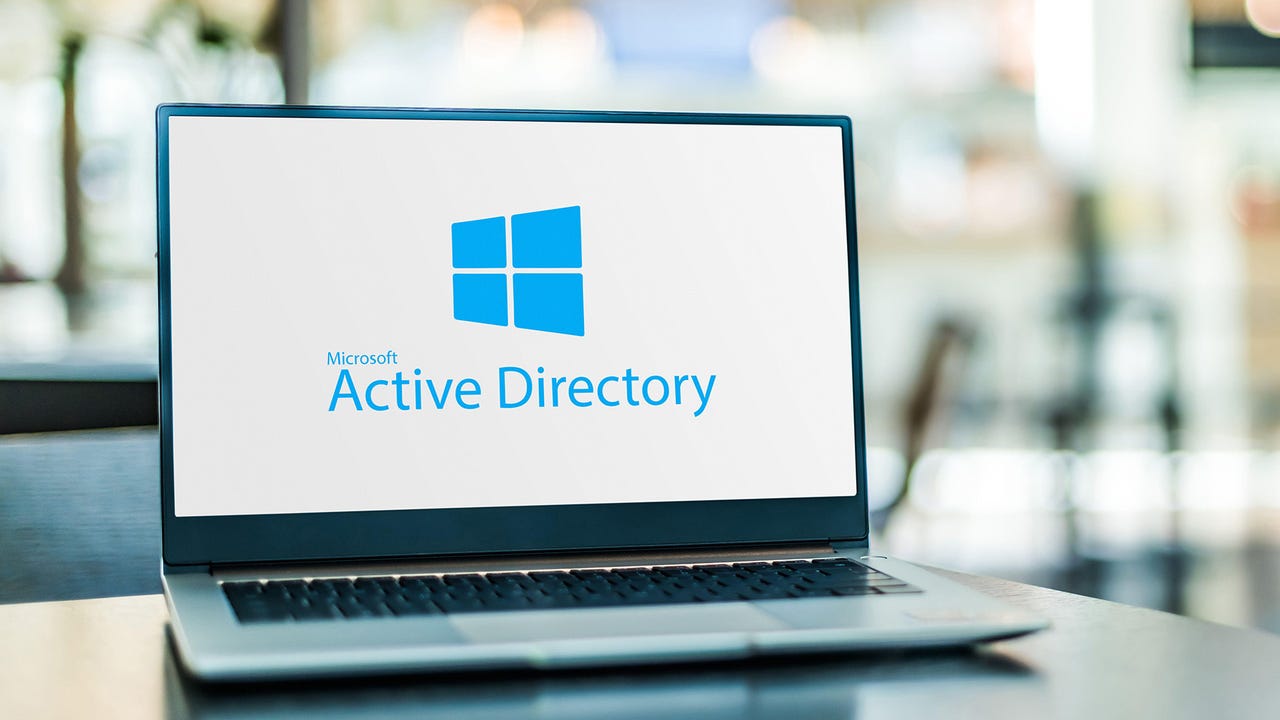




.webp?#)












































































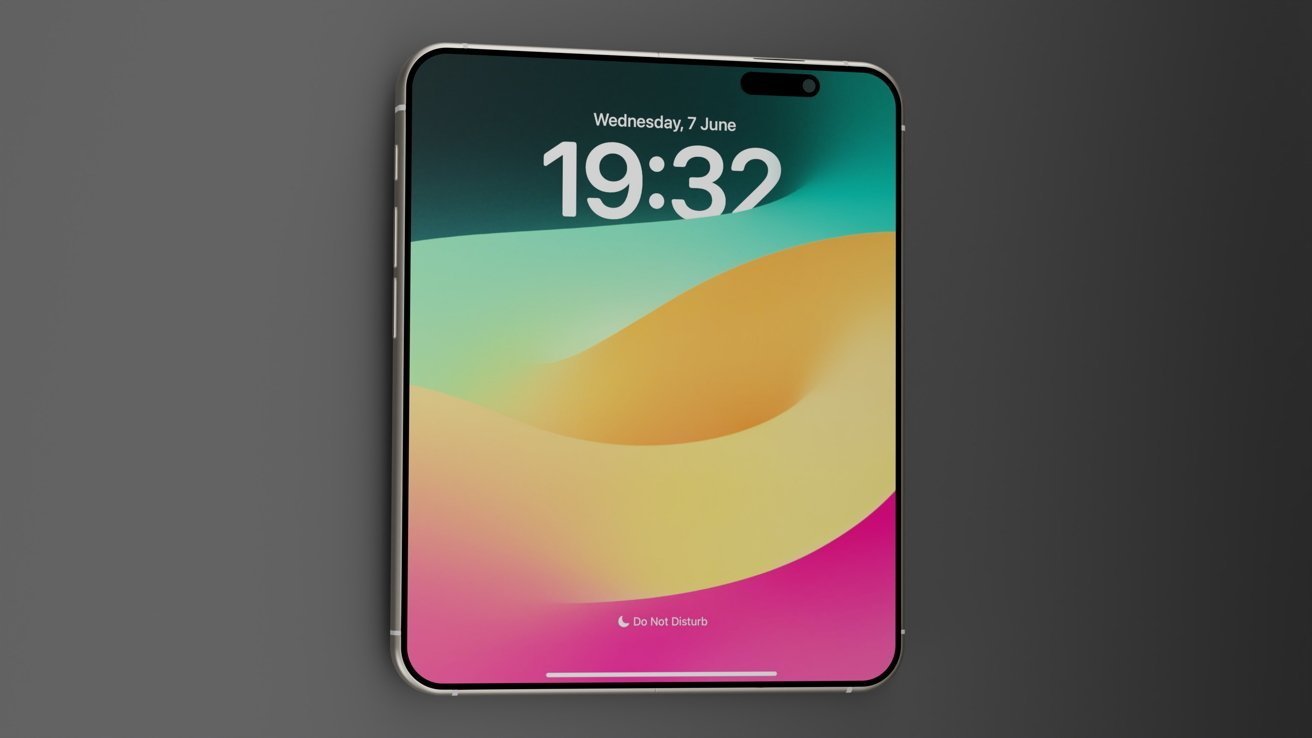





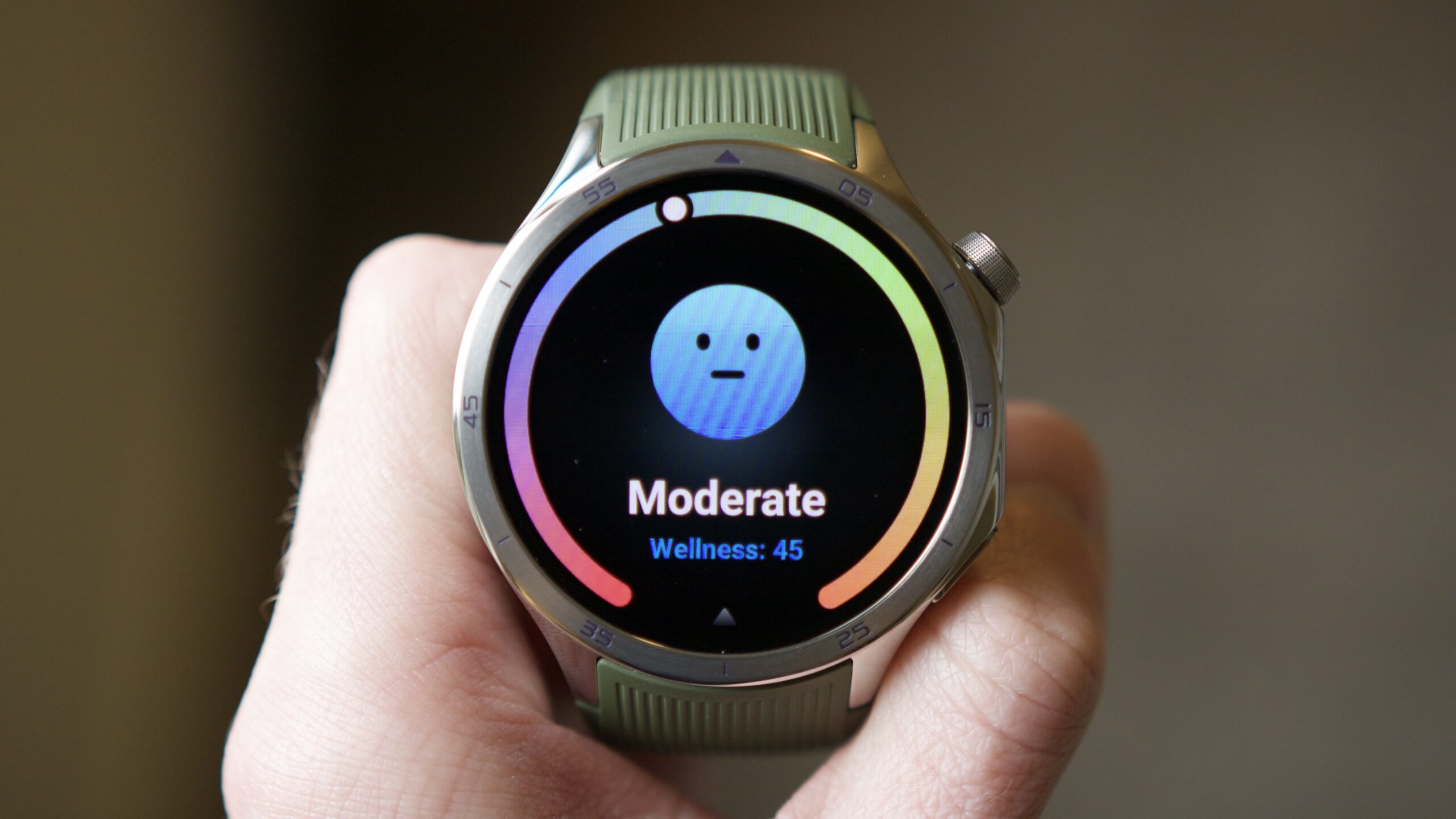
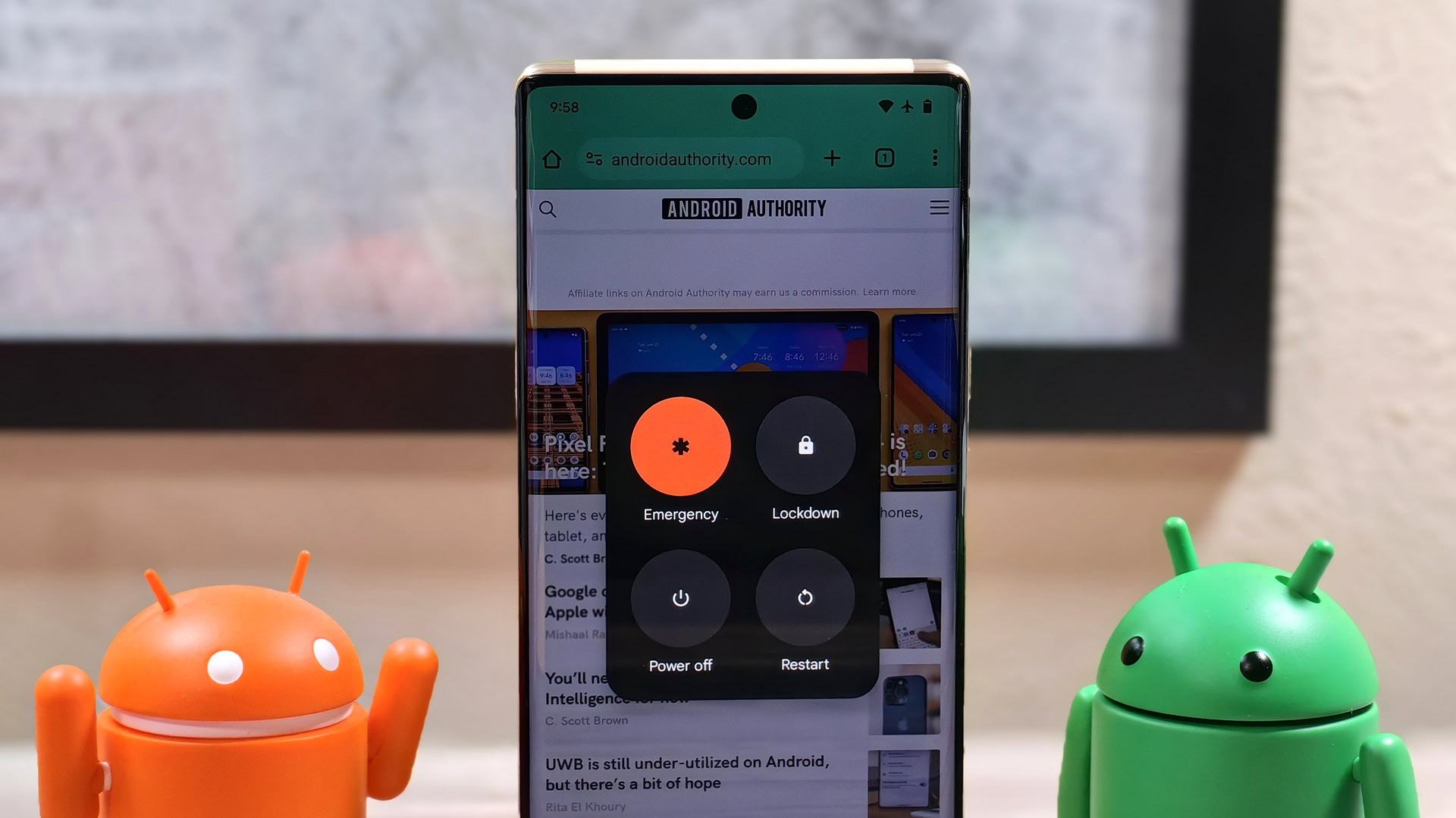

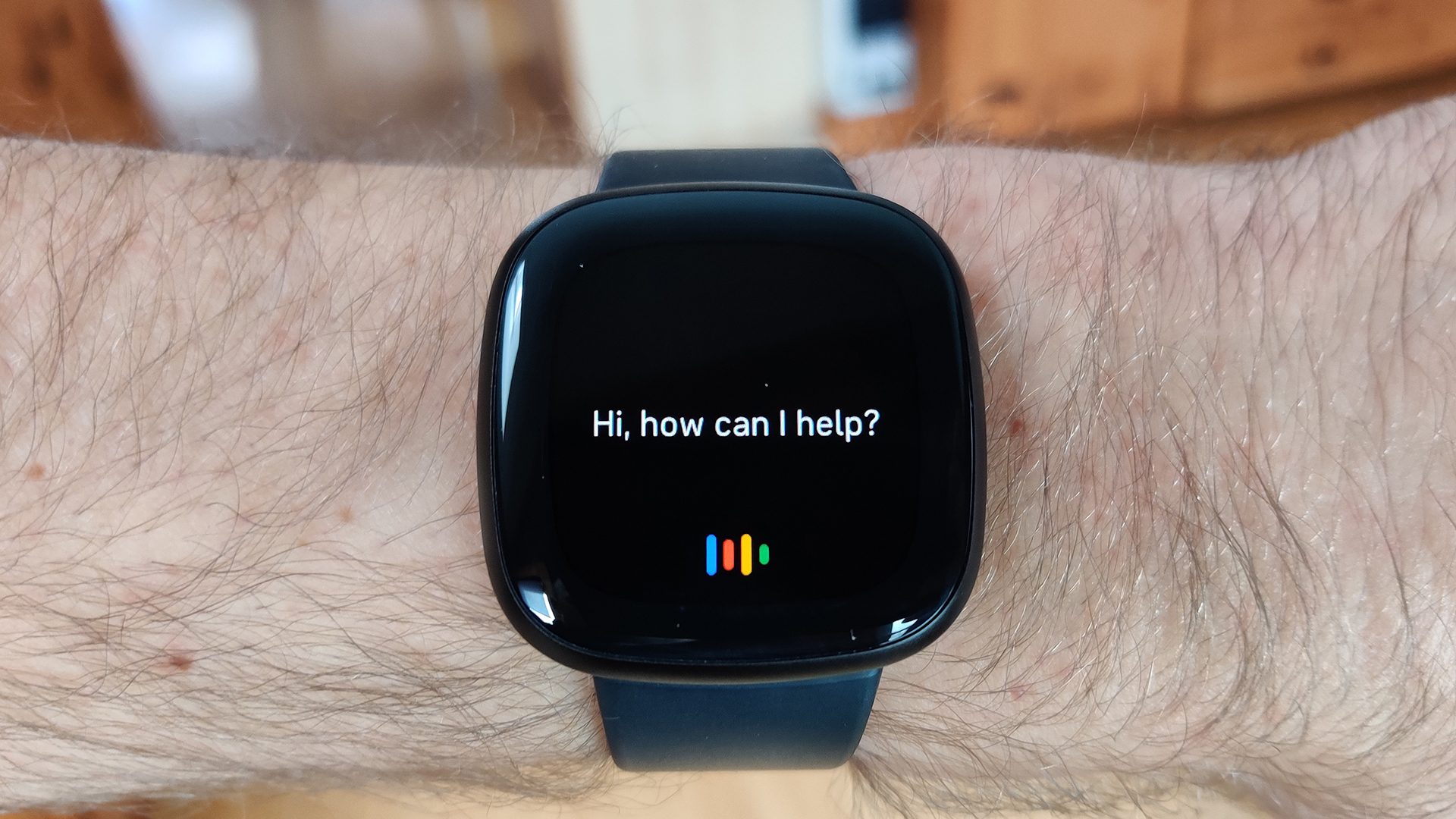
![PSA: It’s not just you, Spotify is down [U: Fixed]](https://i0.wp.com/9to5mac.com/wp-content/uploads/sites/6/2023/06/spotify-logo-2.jpg?resize=1200%2C628&quality=82&strip=all&ssl=1)



![[Update: Optional] Google rolling out auto-restart security feature to Android](https://i0.wp.com/9to5google.com/wp-content/uploads/sites/4/2025/01/google-play-services-2.jpg?resize=1200%2C628&quality=82&strip=all&ssl=1)













![Apple Vision 'Air' Headset May Feature Titanium and iPhone 5-Era Black Finish [Rumor]](https://www.iclarified.com/images/news/97040/97040/97040-640.jpg)


![Apple to Split Enterprise and Western Europe Roles as VP Exits [Report]](https://www.iclarified.com/images/news/97032/97032/97032-640.jpg)



















